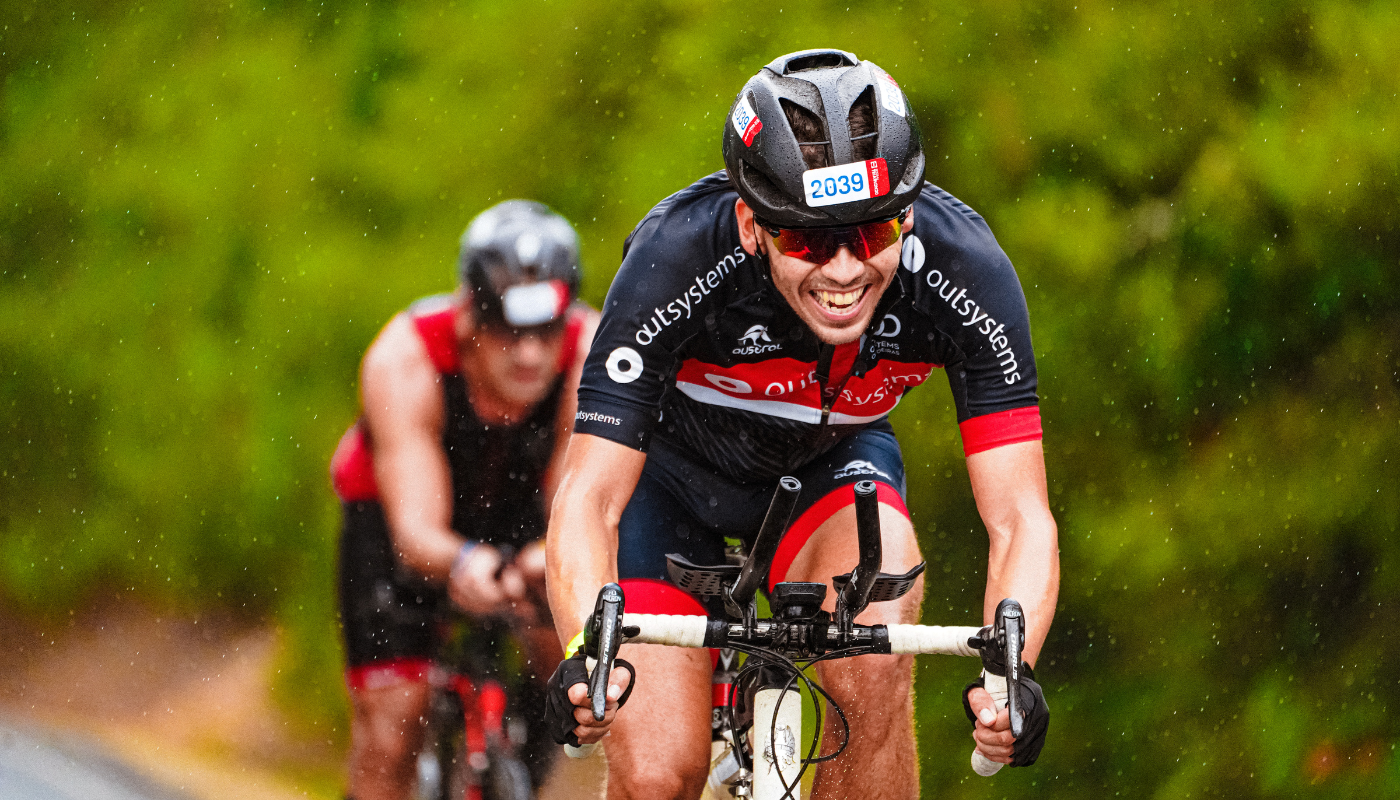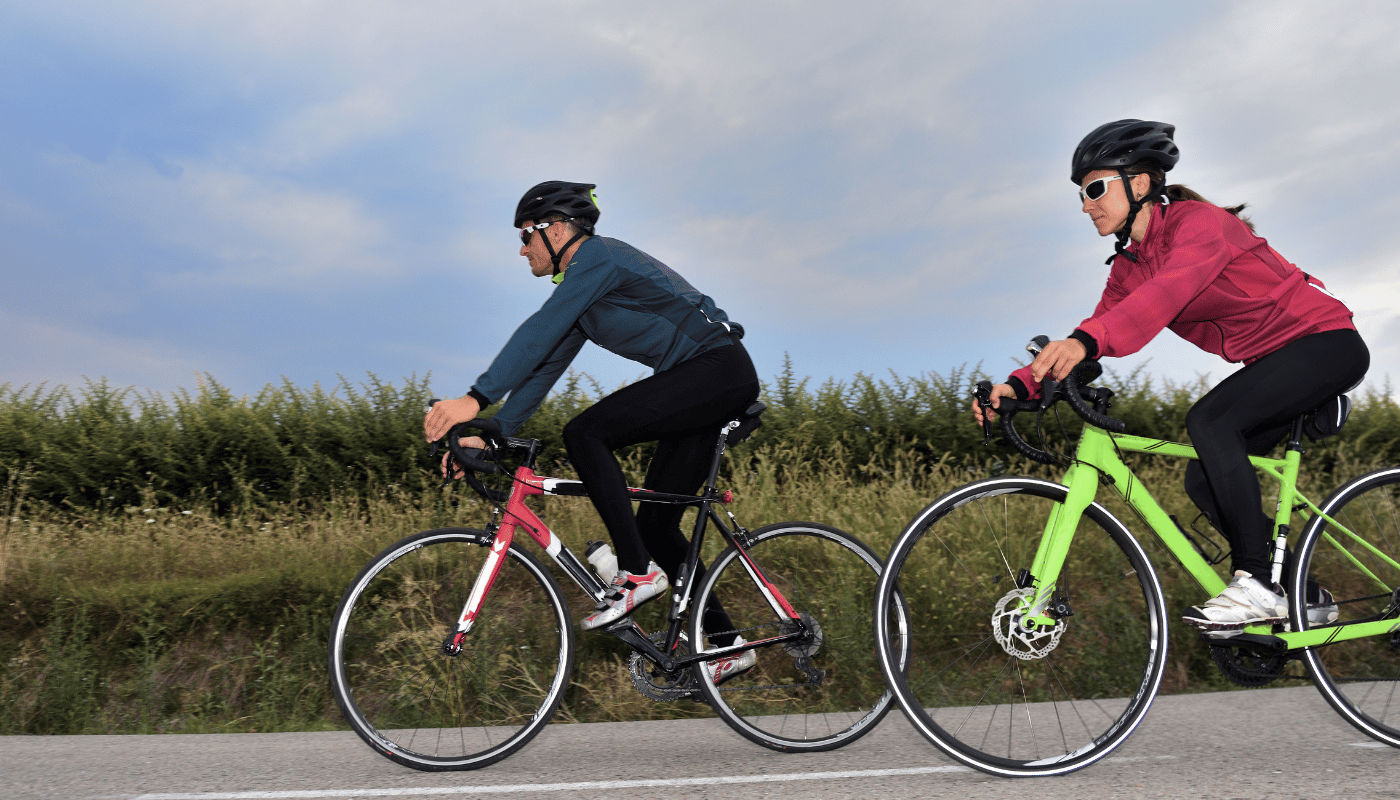Cycling is not just a means of transportation or a leisurely pastime; it’s a comprehensive workout that engages multiple muscle groups. But what muscles does bicycling actually work? From enhancing your lower body strength to improving your cardiovascular health, the benefits of cycling extend far beyond the open road. In this article, we delve into the specific muscles targeted during a cycling session and how they contribute to your overall fitness. Get ready to pedal your way to a stronger, healthier you.
Core and Abdominal Strengthening
Cycling is an excellent workout for various muscle groups, but when it comes to the core and abdominal muscles, many wonder just how effective pedaling can be. The core muscles, which include the abdominals, back, and pelvic muscles, play a crucial role in maintaining stability and balance while biking. Engaging your core not only helps in maintaining a good posture but also enhances your performance by allowing more efficient power transfer from your body to the bike.
When cycling, especially on uneven terrain or during intense sessions, your core muscles work continuously to stabilize your body, preventing you from swaying too much on the bike. This stabilization requires constant engagement of the abdominal muscles, which, over time, can lead to increased muscle tone and strength. However, it’s important to note that while cycling does work your abs, it might not be sufficient for muscle definition without incorporating other forms of core-specific exercises into your routine.
Moreover, cycling does engage the lower body extensively, which might lead to a common question: does cycling work inner thighs? The answer is yes, to an extent. The action of pedaling involves the inner thigh muscles, but not as the primary movers. Instead, they act as stabilizers and assist in the smooth operation of the pedaling motion. For targeted inner thigh strengthening, additional exercises would be beneficial alongside cycling.
Enhancing Core Strength Through Cycling
While cycling provides a moderate workout for the core and abdominal muscles, incorporating specific techniques can increase the effectiveness. Standing up out of the saddle, for example, requires more core engagement to maintain balance. Interval training, with bursts of high intensity followed by periods of rest, can also engage the core more deeply as you work harder to stabilize your body during these phases. To answer the question of whether does biking work your abs, yes, it does, but it’s the variety in your cycling routine and additional core exercises that will truly sculpt and strengthen your abdominal muscles.
| Muscle Group | Engagement in Cycling | Additional Exercises for Strengthening |
|---|---|---|
| Core (Abs and Lower Back) | Moderate (Stabilization and Balance) | Planks, Russian Twists |
| Inner Thighs | Low (Stabilization) | Lunges, Squats |
| Quadriceps | High (Primary Movers) | Leg Press, Squat |
| Hamstrings | High (Primary Movers) | Deadlifts, Hamstring Curls |
| Calves | Medium (Supporting Role) | Calf Raises, Jump Rope |
Understanding the role of cycling in core and abdominal strengthening is essential for setting realistic fitness goals and complementing your cycling routine with additional exercises for optimal results. While cycling does offer benefits for the core and inner thighs, a comprehensive approach including targeted core exercises and variation in your cycling routine will provide the best outcomes for strength, endurance, and muscle definition.
Lower Body Muscles Activation
Bicycling is a comprehensive workout that engages various muscle groups, particularly in the lower body. The primary muscles activated include the quadriceps and hamstrings, which are pivotal for the pedaling action. The quadriceps, located at the front of the thigh, are responsible for extending the knee and propelling the pedal downwards. In contrast, the hamstrings, situated at the back of the thigh, play a critical role in pulling the pedal up and supporting the cycling motion. Another significant muscle group involved is the calf muscles, including the gastrocnemius and soleus, which assist in pushing the pedal through the rotation.
Moreover, the gluteal muscles, or glutes, are essential for providing power during cycling. These muscles, particularly the gluteus maximus, are activated when pushing off the pedal, contributing to the overall force applied. Cycling also engages the lower leg muscles, such as the tibialis anterior, which helps in upward pedal strokes. This comprehensive engagement of the lower body muscles not only enhances muscular endurance but also strengthens the leg muscles, making cycling an effective workout for those looking to tone their lower body.
Focused Muscle Building with Cycling
| Muscle Group | Role in Cycling | Benefit |
|---|---|---|
| Quadriceps | Extends the knee for pedal push | Increases thigh strength |
| Hamstrings | Pulls pedal up | Enhances back of the thigh |
| Gluteal Muscles | Provides power during pedaling | Strengthens buttocks |
| Calf Muscles | Assists in pedal pushing | Builds lower leg strength |
| Tibialis Anterior | Helps in upward pedal stroke | Tones front of the lower leg |
When it comes to building muscle, many wonder if activities like indoor cycling can contribute to muscle growth. Indoor cycling, while primarily a cardiovascular exercise, does indeed promote muscle endurance and can lead to muscle building, especially in the lower body. The consistent resistance faced during cycling stimulates the muscles, encouraging growth and strength. However, for significant muscle hypertrophy, it’s essential to complement cycling with strength training exercises. Thus, while indoor cycling effectively tones and strengthens the lower body muscles, incorporating varied workouts is key to achieving balanced muscle development.
Enhancing Lower Body Strength through Cycling
Exploring deeper into the benefits of cycling for lower body muscle activation reveals that regular cycling can significantly improve muscular endurance and strength. The repetitive nature of cycling, combined with resistance, ensures that the muscles are continuously being worked, promoting muscular adaptations over time. This makes cycling not only beneficial for cardiovascular health but also for enhancing the overall strength and tone of the lower body muscles. Therefore, cyclists often exhibit strong, well-toned legs as a testament to the effectiveness of cycling in activating and building the lower body muscle groups.
Upper Body Muscles Engagement
While cycling is predominantly recognized for its benefits in strengthening the lower body, the engagement of upper body muscles plays a pivotal role in the overall cycling performance and endurance. Contrary to popular belief, the upper body muscles are continuously at work to stabilize the body, support posture, and assist in power generation during cycling. The primary upper body muscles involved include the deltoids, biceps, triceps, and the muscles of the back and core.
The deltoids are key in allowing cyclists to maintain their grip on the handlebars, providing stability and control over the bike’s direction. The biceps and triceps work in tandem to support this grip, with the biceps facilitating the pulling action required for lifting the front of the bike over obstacles, and the triceps stabilizing the arms against the force of the pedal stroke. Meanwhile, the muscles of the back and core are crucial in maintaining a proper cycling posture. A strong core reduces the strain on the lower back, minimizing the risk of injury and fatigue over long distances.
Engaging these upper body muscles not only enhances cycling performance but also contributes to a more balanced and effective workout. It’s important to note that while cycling can contribute to upper body muscle tone, it should be complemented with targeted strength training for best results. As for those wondering how long does it take to build leg muscle cycling, it varies based on frequency, intensity, and individual physiology, but noticeable improvements can often be seen within a few weeks of consistent cycling combined with adequate nutrition and rest.
Additional Insights on Upper Body Engagement in Cycling
The role of the upper body in cycling extends beyond mere stabilization. It’s involved in power generation during sprints, climbing, and in counteracting the bike’s movement during technical maneuvers. This engagement is subtle yet significant, as it aids in the efficient transfer of energy from the body to the bike. Cyclists can improve their upper body strength and endurance through cross-training with activities like swimming, rowing, or weightlifting, which can further enhance their cycling performance.
- Deltoids: Essential for maintaining handlebar grip and bike control.
- Biceps: Facilitate pulling actions, crucial for maneuvering.
- Triceps: Provide arm stability, supporting the cyclist’s posture.
- Core Muscles: Key to reducing lower back strain and improving posture.
- Back Muscles: Support the spine and contribute to a strong cycling posture.
In conclusion, the engagement of upper body muscles in cycling is multifaceted, contributing to stability, power, and efficient energy transfer. Integrating strength training focused on these muscles can significantly enhance cycling performance and overall fitness. Remember, cycling is a holistic exercise that benefits not just the legs but the entire body, making it an excellent choice for those seeking a balanced fitness regime.
Improving Cardiovascular Endurance
Biking is an excellent way to enhance your cardiovascular endurance, offering a low-impact yet effective workout that benefits your heart, lungs, and circulatory system. When you pedal against resistance, your heart rate increases, pumping blood more efficiently throughout your body. This process not only improves the function of your heart but also increases the capacity of your lungs. Over time, consistent cycling can lead to a stronger cardiovascular system, which is essential for overall health and well-being. The muscles biking works primarily include the quadriceps, hamstrings, glutes, and calves, but it’s the repetitive motion and resistance that challenge the cardiovascular system, reinforcing heart health and lung capacity.
Moreover, cycling promotes the reduction of blood pressure and lowers the resting heart rate, which are key indicators of cardiovascular health. By integrating regular biking sessions into your routine, you can significantly enhance your endurance, allowing you to perform physical activities for longer periods without fatigue. This is particularly beneficial not just for athletes but for anyone looking to improve their physical fitness and stamina. Additionally, the rhythmic nature of cycling helps in the efficient use of oxygen, further boosting endurance levels.
Key Benefits of Cycling for Cardiovascular Health
Exploring deeper into the benefits of cycling, it becomes evident how this activity can transform one’s cardiovascular endurance. The continuous effort required to pedal, especially when facing different terrains and resistances, trains the heart to pump more efficiently. This adaptation reduces the risk of cardiovascular diseases by maintaining optimal blood flow and ensuring that the heart muscles remain strong. Furthermore, cycling’s impact on lowering bad cholesterol levels while boosting good cholesterol further exemplifies its role in promoting a healthy heart.
- Enhances heart rate variability
- Lowers blood pressure
- Reduces resting heart rate
- Improves lung capacity and efficiency
- Decreases the risk of coronary artery diseases
Integrating Cycling into Your Routine for Maximum Benefits
To reap the full cardiovascular benefits of cycling, incorporating it into your daily or weekly routine is key. Start with moderate sessions and gradually increase the intensity and duration to challenge your cardiovascular system continuously. This progressive approach ensures that your heart and lungs adapt over time, leading to improved endurance and health. Remember, consistency is crucial; make cycling a regular part of your life to maintain and enhance your cardiovascular endurance.
Balance and Coordination Enhancement
Bicycling is not just an effective way to improve cardiovascular health; it also significantly enhances balance and coordination. When you ride a bicycle, you’re not only propelling yourself forward through the rotation of the pedals, but you’re also constantly making micro-adjustments to maintain stability. This continuous process of balancing engages a wide array of muscles and the nervous system, honing your coordination skills. Unlike static exercise machines, the dynamic nature of bicycling means that the body must constantly adapt to varying terrains and speeds, further improving your balance and spatial awareness.
Moreover, the bilateral movement of cycling, where you use both sides of your body in symphony, enhances muscular balance and coordination between the left and right sides. This can lead to improvements in other activities and sports, making cycling a beneficial cross-training exercise. The subtle yet consistent effort required to keep the bike upright and navigate through different paths also improves the neurological connections between your brain and muscles, which is essential for fine motor skills and overall coordination.
Further Insights on Balance and Coordination Enhancement
Delving deeper into the nuances of how cycling enhances balance and coordination, it’s clear that the impact extends beyond the physical. The requirement for constant attention and decision-making while cycling—such as when to brake, how to shift gears, and navigating obstacles—also sharpens cognitive functions related to balance and coordination. This mental aspect reinforces the physical training, creating a holistic enhancement of these crucial skills.
Exploring the Cognitive Benefits of Enhanced Balance and Coordination
The cognitive benefits from improved balance and coordination through cycling cannot be overstated. As cyclists become more adept at maintaining balance and adjusting to varying conditions, they also develop quicker reaction times and better decision-making skills. These cognitive enhancements complement the physical benefits, leading to a more integrated improvement in both balance and coordination.
- Improvement in overall balance and stability
- Enhanced muscular coordination
- Sharper cognitive functions related to spatial awareness
- Better reaction times and decision-making skills
- Increased ability to navigate varying terrains and conditions
In conclusion, the role of bicycling in enhancing balance and coordination is multifaceted, involving both physical and cognitive improvements. The continuous challenge presented by varying terrains and the need for constant adjustments makes cycling an excellent exercise for these skills. Whether you’re a seasoned cyclist or a beginner, the benefits to balance and coordination are clear, making it a worthwhile addition to any fitness regimen.



